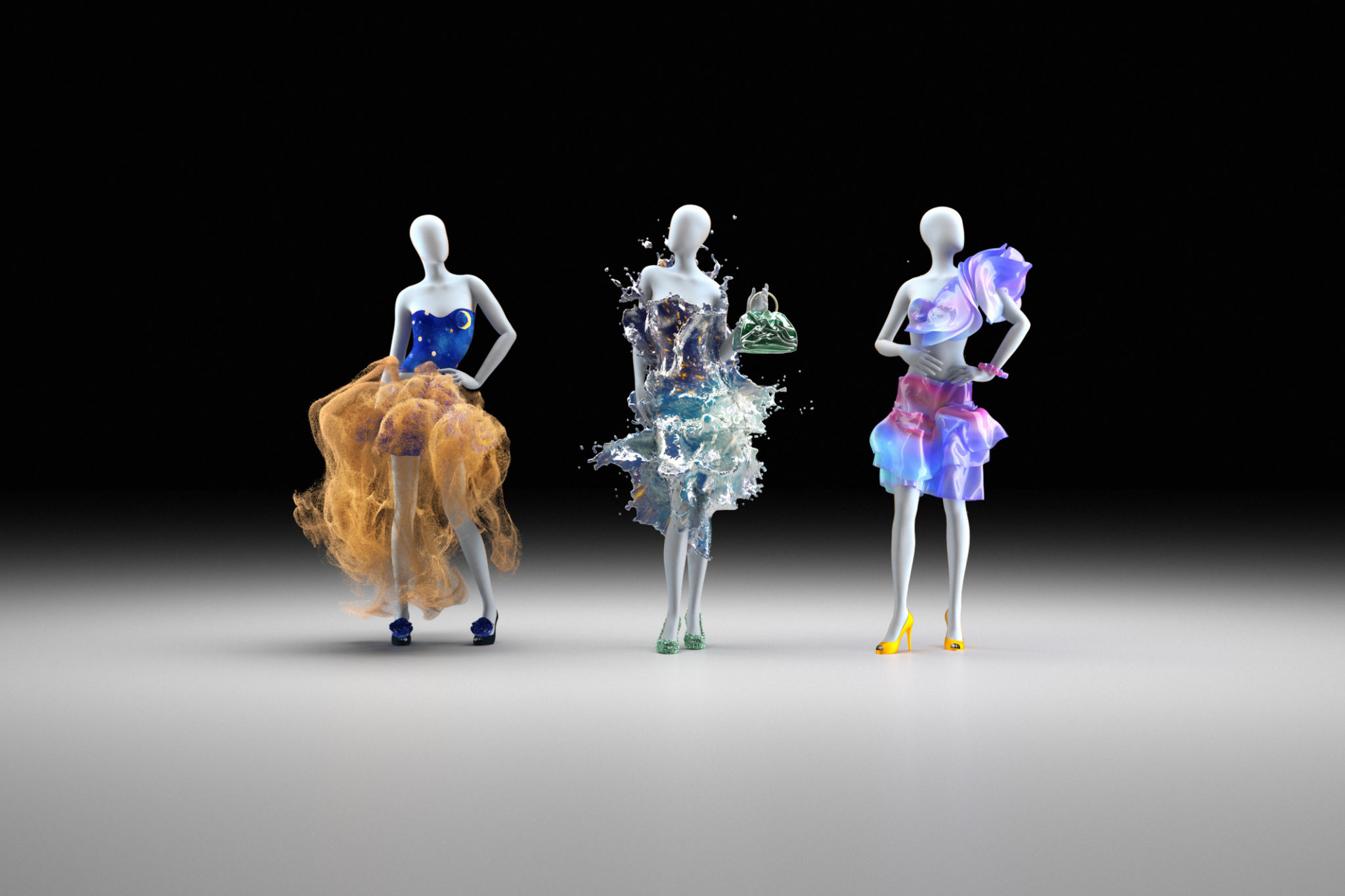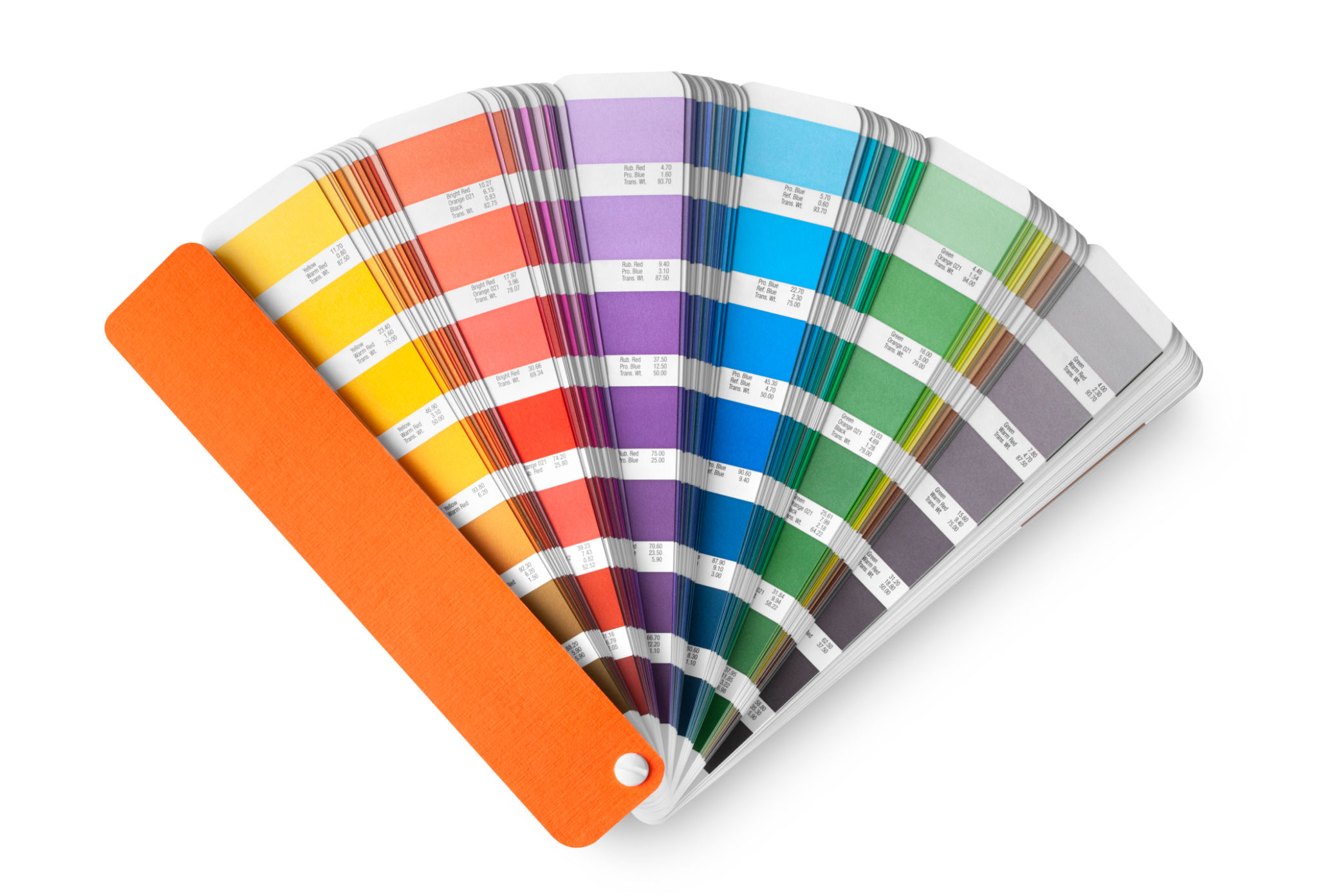Seasonal Modeling Trends: What New York Brands Need to Know
Understanding Seasonal Modeling Trends
In the fast-paced world of fashion, staying ahead of seasonal modeling trends is crucial for New York brands. As the fashion capital of the world, New York sets the stage for innovative styles and cutting-edge designs. Understanding these trends can help brands align their marketing and design efforts with consumer expectations and industry standards.
Each season brings its unique vibe and aesthetic, influencing everything from clothing lines to runway shows. Whether it's the vibrant colors of spring or the muted tones of winter, these trends dictate what consumers will be looking for in the coming months. Staying informed about these shifts is essential for maintaining a competitive edge.

The Importance of Color Palettes
Color palettes are a fundamental aspect of seasonal trends. They not only reflect the mood of the season but also have a significant impact on consumer choices. For example, spring often brings pastel hues and floral patterns, while fall might introduce deeper, earthy tones.
Brands should consider how their current collections align with these palettes. Integrating trending colors into your offerings can make your products more appealing and relevant to consumers. Additionally, understanding color psychology can enhance marketing strategies, as different shades can evoke various emotions and purchasing behaviors.

Fabric and Texture Choices
Another critical component of seasonal trends is the choice of fabrics and textures. As seasons change, so do the materials that are in vogue. For instance, lightweight fabrics like cotton and linen are popular in summer, whereas wool and cashmere dominate winter collections.
New York brands should pay attention to these shifts as they develop new lines. Offering a variety of textures can cater to different consumer preferences and provide versatility in styling options. Consider how fabric choices affect the overall feel and functionality of your designs.

Adapting to Consumer Preferences
Consumer preferences are constantly evolving, influenced by cultural shifts, media exposure, and global events. Brands need to stay attuned to these changes to deliver products that resonate with their audience. For example, sustainability has become a significant factor in purchasing decisions, prompting many brands to adopt eco-friendly practices.
Engaging with your target audience through social media and market research can provide valuable insights into their preferences. By understanding what drives consumer choices, brands can tailor their offerings to meet the demands of the market effectively.
Utilizing Technology in Fashion
The integration of technology in fashion is revolutionizing how trends are set and followed. From virtual fashion shows to AI-driven design processes, technology offers innovative ways to engage with consumers and streamline operations.
- Virtual Reality (VR) for immersive shopping experiences
- Artificial Intelligence (AI) for trend prediction and design
- 3D printing for rapid prototyping
Brands that embrace these technologies can enhance their creative processes and improve customer engagement.
Conclusion: Staying Ahead
In conclusion, understanding and adapting to seasonal modeling trends is vital for New York brands aiming to maintain their influence in the fashion industry. By focusing on color palettes, fabric choices, consumer preferences, and technology integration, brands can ensure they remain relevant and appealing to their audience.
Staying informed about these trends not only boosts brand visibility but also fosters long-term loyalty among consumers. Keep an eye on emerging patterns and be ready to adapt, ensuring your brand remains at the forefront of fashion innovation.